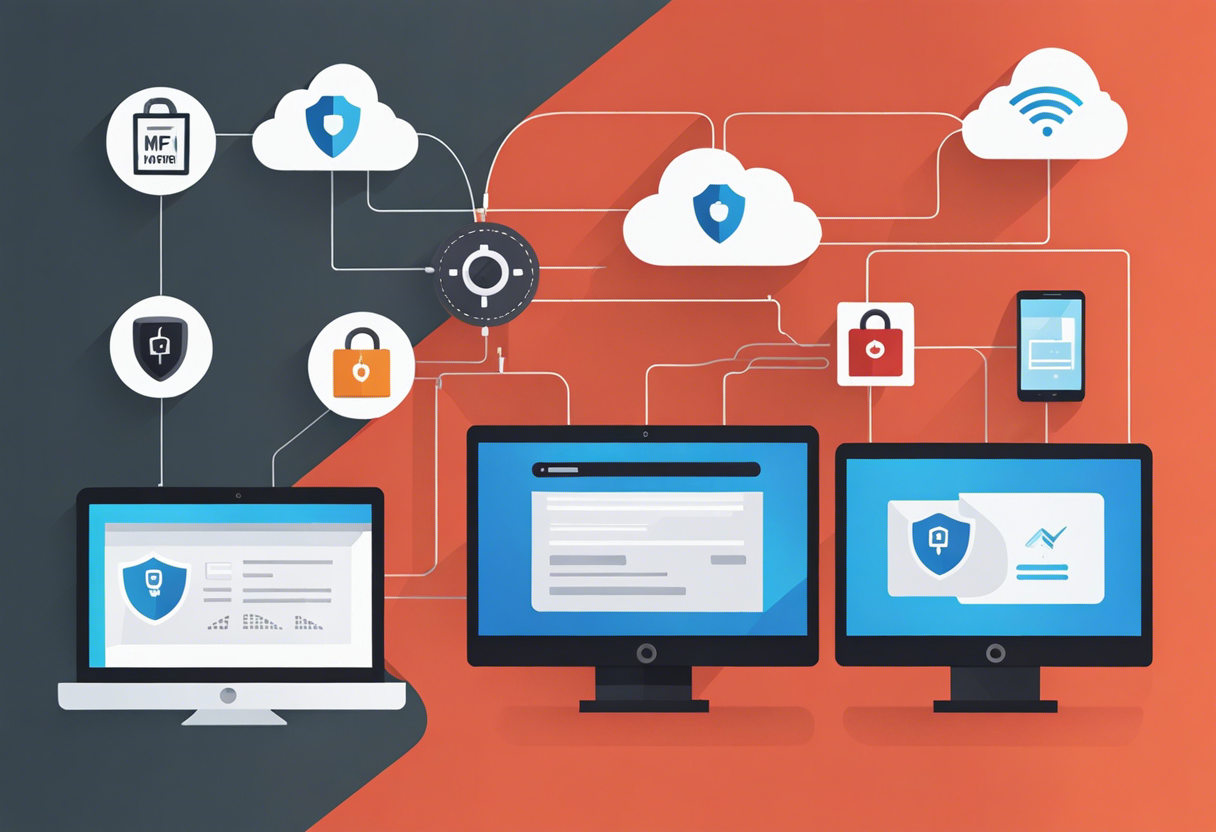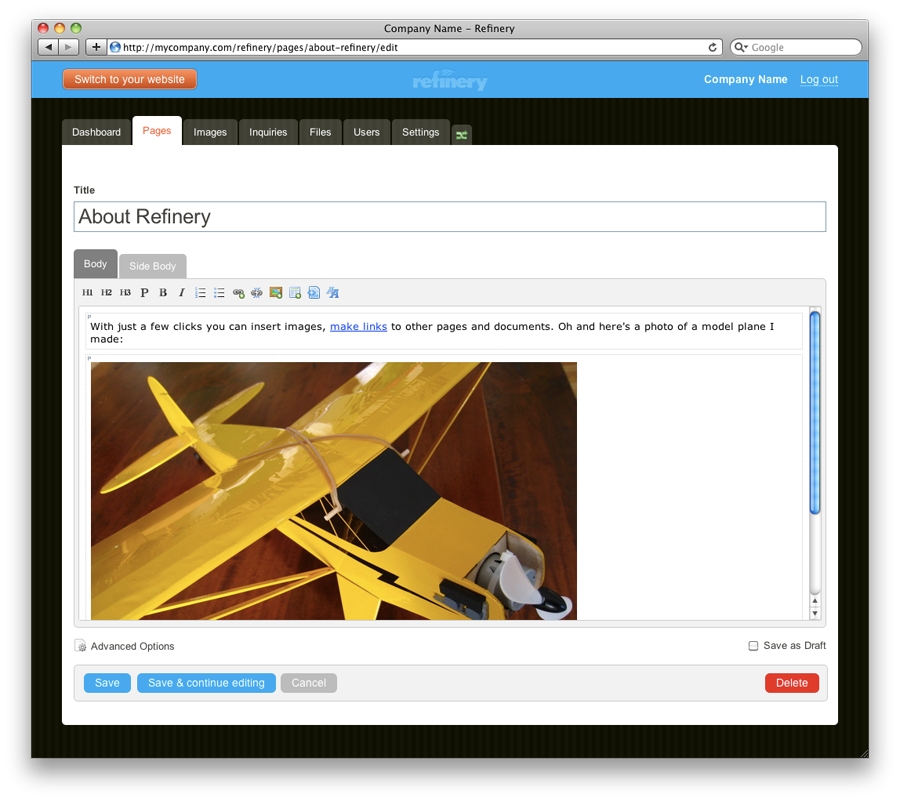Top 5 Game-changing Tactics in Identity Access Management for Cloud Computing Mastery
Understanding the role of Identity Access Management within the framework of cloud computing is our first step in mastering this field. In essence, IAM is a structure that enables an organization to control access to its resources in the digital realm. This system involves identifying, authenticating, and authorizing a person or group of people to have access to a particular system, such as an application, online profile, or network. In the context of cloud computing, mastering IAM becomes even more crucial as resources are often distributed across various cloud environments, making them potentially more vulnerable if not properly managed.
Flexibility, mobility, and efficient collaborative operations are the heart of IAM strategies allowing businesses to mitigate potential threats while maximizing their cloud-based operations. The importance of IAM in the cloud goes beyond mere password management. When done right, it's a game-changer, enabling businesses to achieve a new level of security while boosting their operational efficiency. Now, let's delve into the top tactics to generate game-changing results.
Harnessing Multi-Factor Authentication (MFA

Multi-Factor Authentication (MFA) is a strategy that ensures a user provides two or more separate forms of identification. This tactic reduces the risk of unauthorized access, as it’s more challenging for a malicious actor to simulate multiple forms of identification simultaneously. The use of MFA in cloud computing is an effective way of enhancing safety protocols and making sure only authorized individuals have access to specific data and applications. By combining something the user knows (like a password), something they have (like a mobile device), and something they are (like a fingerprint), we can create a robust security mechanism.
Embracing Role-Based Access Control (RBAC

Implementing Role-Based Access Control (RBAC) can offer an easier and secure way to manage user permissions. Unlike traditional methods that assign privileges directly to individual users, RBAC works on the principle of assigned roles. People are granted access based on their role within the company, reducing the potential for human error and filtering what information a user can access or modify. By understanding the specific needs of each role, businesses can build precise and protected access systems.
Implementing Single Sign-On (SSO

Single sign-on (SSO) is another tactic that can strengthen the security of your IAM strategy. SSO allows users to log in once and gain access to all systems without the need to re-enter credentials. This not only enhances user experience but also minimizes the potential for phishing attacks. By reducing the need for multiple passwords, we can also reduce the likelihood of password-related vulnerabilities.
Utilizing Artificial Intelligence and Machine Learning

Artificial Intelligence (AI) and Machine Learning (ML) technologies can be leveraged to improve IAM tactics. These technologies can enhance security by identifying abnormal user behaviors and creating adaptive authentication methods. These systems learn and evolve over time, constantly adapting to new threats, making them a powerful tool in any IAM strategy.
Regular Audit and Update of Access Privileges

As a business grows or reshapes, roles and privileges need to be adjusted accordingly. Regularly auditing user privileges ensures that the right people have the appropriate level of access. By continually updating access controls, we can remove inactive users, adjust to changing roles, and make sure privileges reflect the current structure of the company. Recurring audits help maintain a healthy and secure IAM system.
The topmost tactics in IAM are not static and evolve with technology, threats, and business operations. Nimble teams who maintain an active acumen on the developments in this field will continue to lead in the game.







